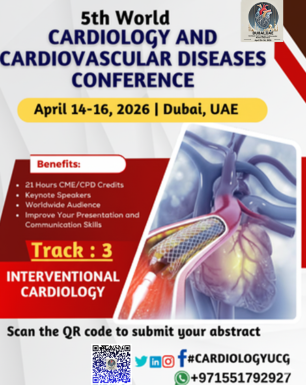Sub track of cardiac-devices-and-diagnostics: Overview of Cardiac Devices and Diagnostics, Electrocardiogram (ECG or EKG), Echocardiography, Cardiac CT (Computed Tomography), Stress Testing and Stress Echocardiography, Holter Monitoring, Implantable Cardioverter Defibrillator (ICD), Pacemakers, Ventricular Assist Devices (VADs),Cardiac Catheterization, Intravascular Ultrasound (IVUS).
1. What is an electrocardiogram (ECG or EKG)?
- An ECG is a non-invasive test that records the electrical activity of the heart. It helps diagnose arrhythmias, heart attacks, and other heart conditions by detecting abnormal heart rhythms and other electrical issues.
- 2. How does echocardiography work?
- Echocardiography uses sound waves (ultrasound) to create images of the heart. It helps assess heart function, including valve performance, chamber size, and blood flow, and is commonly used to diagnose heart disease, heart failure, and valve issues.
- 3. What is a cardiac MRI?
- Cardiac magnetic resonance imaging (MRI) is a non-invasive imaging technique that uses powerful magnets and radio waves to create detailed images of the heart's structure and function. It is particularly useful for assessing myocardial tissue, heart valves, and blood flow.
Stress Tests:
These tests assess the heart's response to physical stress or medication-induced stress, helping to diagnose coronary artery disease and other cardiovascular issues.
Holter Monitoring:
A portable device worn by the patient to continuously monitor heart rhythms over 24-48 hours, helping to detect intermittent arrhythmias.
Cardiac Catheterization and Angiography:
A procedure where a catheter is inserted into blood vessels to diagnose and treat conditions like coronary artery disease. It can also include angiography, where contrast dye and X-ray imaging visualize the heart's blood vessels.
Electrophysiology Studies (EPS):
These are tests that map the electrical activity of the heart to diagnose arrhythmias and plan interventions such as catheter ablation.
Biosensors and Wearable Devices:
New advancements in wearable technology, such as smartwatches and patches, allow for continuous monitoring of vital signs, including heart rate and rhythm, enabling early detection of heart issues.
Why Are They Important?
Cardiac devices and diagnostics are crucial in:
- Early detection: Identifying heart problems before they become life-threatening.
- Monitoring: Continuously tracking heart function to guide treatment, particularly for chronic conditions like heart failure and arrhythmias.
- Personalized treatment: Tailoring interventions based on real-time data from diagnostic tests and devices.
- Improved outcomes: Reducing complications, hospitalizations, and improving the quality of life for patients with heart disease.
These innovations play a key role in advancing cardiovascular medicine, offering better ways to manage and treat heart conditions.



